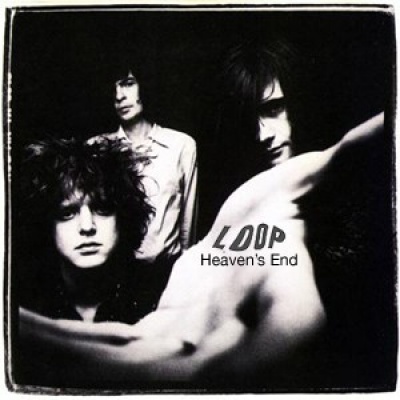
Loop
by Jason Ankeny Discordant, elusive and utterly hypnotic, Loop conjured a dark, trance-like spell that contrasted sharply with the prevailing British pop music trends of their time. Equal parts the Stooges, Can and Hawkwind, in tandem with fellow travellers Spacemen 3 they resurrected the concept of space-rock for a new era, creating droning soundscapes of bleak beauty and harsh dissonance. Loop was formed in London in 1986 by vocalist/guitarist Robert Hampson, who at the time of the groups inception claimed to know only four chords; with wife Bex on drums and Glen Ray on bass, they debuted with the single 16 Dreams, its raw, feedback-powered sound offering clear evidence of a serious garage fixation. New drummer John Wills and bassist Neil MacKay were signed on a short time later, with their arrival heralding a more primal rhythmic foundation; the reconfigured Loop then issued its 1987 full-length debut Heavens End, winning acclaim for its densely distorted sound. The World in Your Eyes, a collection of singles and B-sides, appeared in 1987; after signing to the Chapter 22 label, Loop resurfaced in 1988 with the 12 Collision. In November of that same year the group also released their second full-length, the excellent Fade Out. Over a year passed before Loop returned to action with the Arc-Lite single, now sporting not only another new label, Situation Two, but also a second guitarist, Scott Dowson. After issuing their third and finest studio LP, 1990s A Gilded Eternity, Loop disbanded; a series of posthumous releases, among them the live Dual and the BBC sessions collection Wolf Flow, soon followed. In the wake of the bands demise, its four members split into two camps — while MacKay and Wills reunited in the Hair and Skin Trading Company, Hampson and Dowson went on to form the highly experimental Main.
